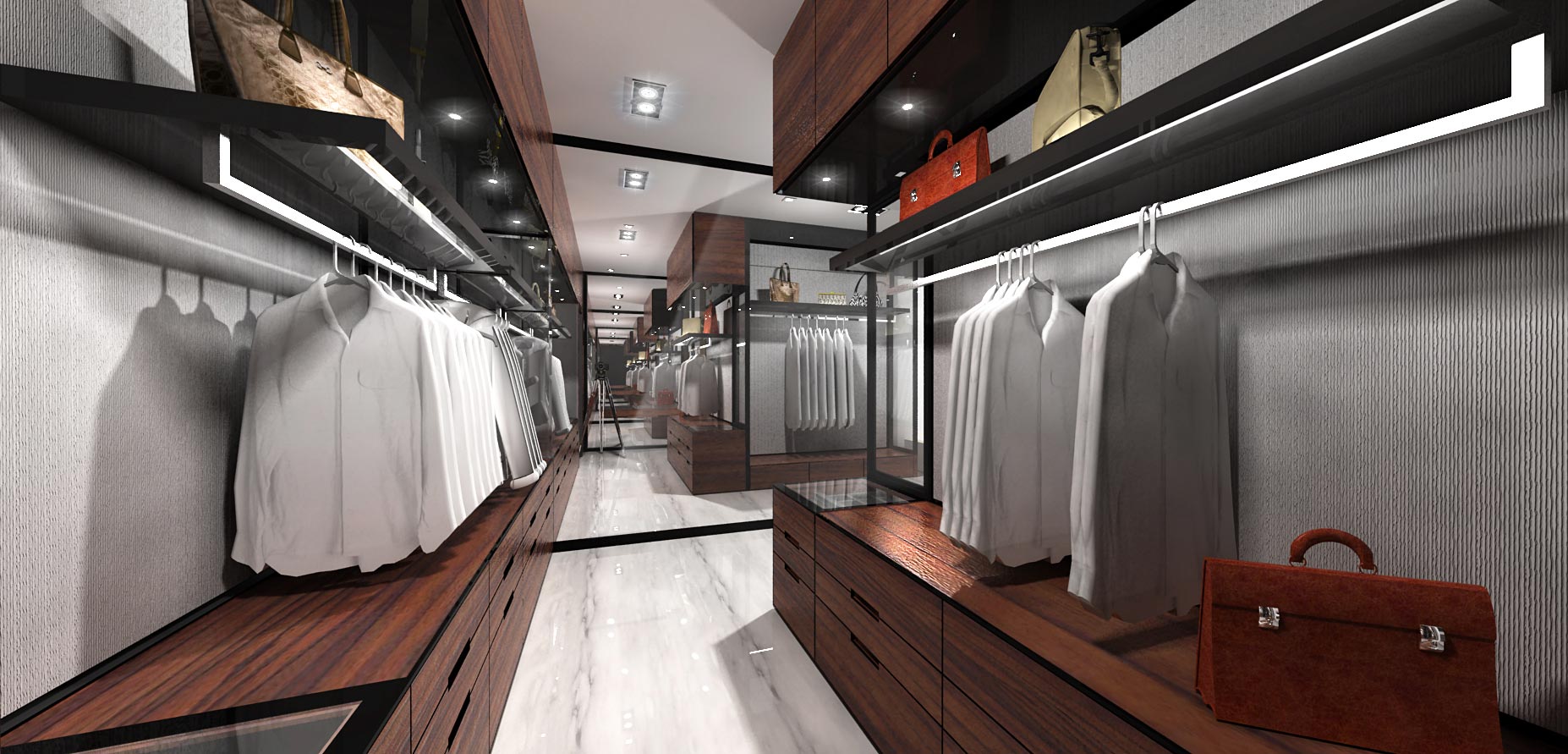In this house, the division of space into a series of top-lit zones, each stepped one above the other to make the best of the views, is a refinement of ideas already explored in previous housing schemes, as is the extension of the load-bearing brick cross walls to give external privacy. What is new is the internal flexibility inherent in the deep plan, with zones enlarged or reduced by means of sliding panels, and a structural system which allowed the house to be extended into the landscape. The house, like others of its period, combines traditional materials with today contemporary components.
Cipaku House offered a highly innovative model of flexible living. The client had asked for a house that could be adapted to a variety of uses, for both family and social occasions, and which could be extended easily as required.
The eastern zone contains closed rooms for sleeping, washing and utility, while the non-structural walls allow for future change. The western zone is a fluid open space, a domestic concourse in three terraced stages. Two flights of three spreading steps each connect the stages. The upper two stages are square and the lowest, leading through sliding windows to the patio and garden, a double square. These were designated for study, dining and living respectively. At the far end of the lowest stage, a piano was placed before the window, so that the upper two terraces, with their balcony rails, assume the role of tiers in a theatre. A low wall separates the kitchen from the conservatory behind, which is reached by three narrow steps. With access in four directions to playroom, dining room, conservatory and the outside, through a utility room, and with oblique views to study and living rooms, the kitchen is not just the physical centre of the house but also its principal vantage-point.


